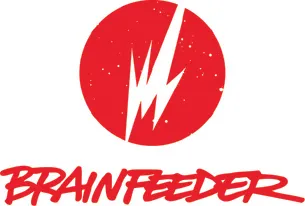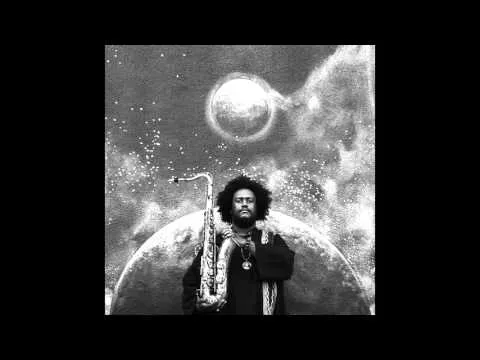Final Thought
Kamasi Washington (saxo tenor), Igmar Thomas (trompeta), Ryan Porter (trombón), Cameron Graves (piano), Brandon Coleman (órgano, teclados), Miles Mosley (contrabajo), Ronald Bruner, Jr. (batería) y Leon Mobley (percusión). Extraído del álbum The Epic (2015).
Hasta entonces sus trabajos habían sido autoeditado, pero en el 2015 firmó con el sello Brainfeeder y publicó su obra maestra, el triple álbum The Epic de casi tres horas de duración, preparado durante mucho tiempo. Cada álbum tiene su propio título: el primero es el Volume One The Plan, el segundo el Volume Two The Glorious Tale y el tercero el Volume Three The Historic Repetition. En ellos se incluyen Washington al saxofón tenor, Patrice Quinn y Dwight Trible cantando, Ricky Washington al saxofón soprano, Igmar Thomas a la trompeta, Ryan Porter al trombón, Cameron Graves al piano, Brandon Coleman a los teclados, Miles Mosley al contrabajo, Stephen «Thundercat» Bruner al bajo eléctrico, Ronald Bruner, Jr. y Tony Austin a la batería, y Leon Mobley a la percusión, además de una orquesta de cuerda con treinta y dos músicos y un coro celestial con veinte voces dirigidos por el disc jockey, multiinstrumentista y compositor Miguel Atwood-Ferguson.
So far Washington’s works had been self-released, but in 2015 he signed with the Brainfeeder label and published his masterpiece, the almost three-hour-long triple album The Epic, which was prepared over a long period of time. Each album has its own title: the first is Volume One The Plan, the second Volume Two The Glorious Tale and the third Volume Three The Historic Repetition. They include Washington on tenor saxophone, Patrice Quinn and Dwight Trible singing, Ricky Washington on soprano saxophone, Igmar Thomas on trumpet, Ryan Porter on trombone, Cameron Graves on piano, Brandon Coleman on keyboards, Miles Mosley on double bass, Stephen “Thundercat” Bruner on electric bass, Ronald Bruner, Jr. and Tony Austin on drums, and Leon Mobley on percussion, plus a thirty-two piece string orchestra and a twenty voice heavenly choir conducted by disc jockey, multi-instrumentalist and composer Miguel Atwood-Ferguson.
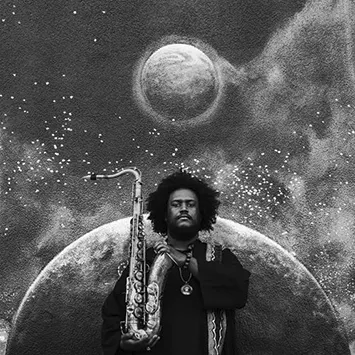
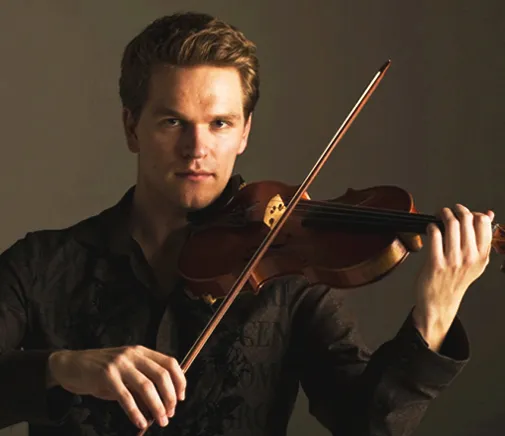
Doce de los diecisiete temas son suyos y otros dos escritos con la cantante de rhythm and blues Patrice Quinn, dejando amplio espacio para la improvisación y reflejando el pasado, el presente y el futuro de la vida. The Epic fue muy bien acogido por la crítica, además de ser un éxito comercial, alcanzando la tercera posición en la lista de los mejores álbums de jazz de la revista Billboard, ganando el American Music Prize, y el 64th Downbeat’s Critics Poll y el álbum del año Gilles Peterson Worldwide. Su música es intrépida, apasionante y sobrecogedora con un gran atractivo que reúne una audiencia multigeneracional y multiétnica. Después de lanzar la grabación, Washington hizo una gira por Norteamérica, tocó en Europa y Japón, y en importantes festivales de indie rock y hip hop, como los de Bonnaroo, Glastonbury, Primavera, Coachella y Fuji Rock.
Twelve of the seventeen themes are Washington’s and two other co-authored with rhythm and blues singer Patrice Quinn, leaving plenty of room for improvisation and reflecting life’s past, present and future. The Epic was very well received by critics, as well as being a commercial success, reaching third position on the Billboard magazine’s Top Jazz Albums Chart, winning the inaugural American Music Prize, and the 64th Downbeat’s Critics Poll and the Gilles Peterson Worldwide album of the year. His music is daring, exciting and breathtaking with a strong appeal that brings together a multigenerational and multiethnic audience. After launching the record, Washington toured North America, played in Europe and Japan, and performed at major indie rock and hip hop festivals, like those of Bonnaroo, Glastonbury, Primavera, Coachella and Fuji Rock.
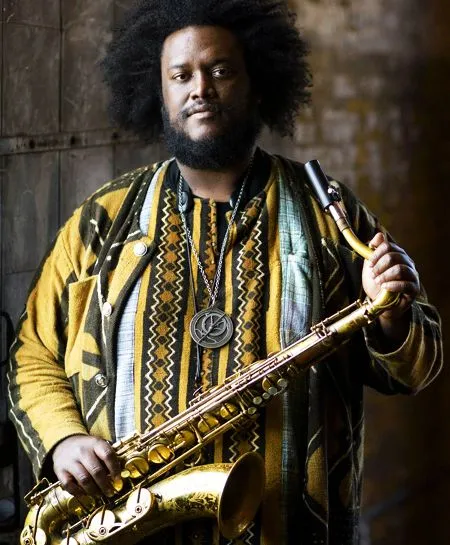
Aunque el trabajo se puede clasificar de forma genérica como jazz-funk, refleja numerosas influencias: el gigante del saxo tenor y soprano John Coltrane, la forma de tocar la batería de Art Blakey, el free jazz del trompetista Eddie Gale, la gran escala del jazz de la Sun Ra Arkestra, las orquestas de los años sesenta de la Jazz Composers’ and Liberation Music, los experimentos pan globales del saxofonista tenor Pharoah Sanders, la Pan-African People’s Arkestra del pianista y compositor Horace Tapscott, la primera mitad de los años setenta del saxofonista tenor Azar Lawrence, el jazz-funk-fusion del trompetista Donald Byrd, el multiinstrumentista, compositor y pionero de la música Afrobeat (mezcla de jazz, highlife, funk, salsa, calypso y música traditional nigeriana yoruba) Fela Kuti, el góspel, el soul espiritual, el swing, el funk, el jazz afrolatino y la cultura DJ.
Although the work can be generically classified as jazz-funk, it reflects numerous influences: tenor and soprano saxophone giant John Coltrane, Art Blakey’s drumming, trumpeter Eddie Gale’s free jazz, large-scale Sun Ra Arkestra jazz, 1960s Jazz Composers’ and Liberation Music orchestras, tenor saxophonist Pharoah Sanders’ pan global experiments, pianist and songwriter Horace Tapscott’s Pan-African People’s Arkestra, Azar Lawrence’s first half of the 1970s period, trumpeter Donald Byrd’s jazz-funk-fusion, multi-instrumentalist, composer and pioneer of Afrobeat music (jazz, highlife, funk, salsa, calypso and traditional Nigerian Yoruba mix) Fela Kuti, gospel, spiritual soul, swing, funk, Afro-Latin jazz and DJ culture.
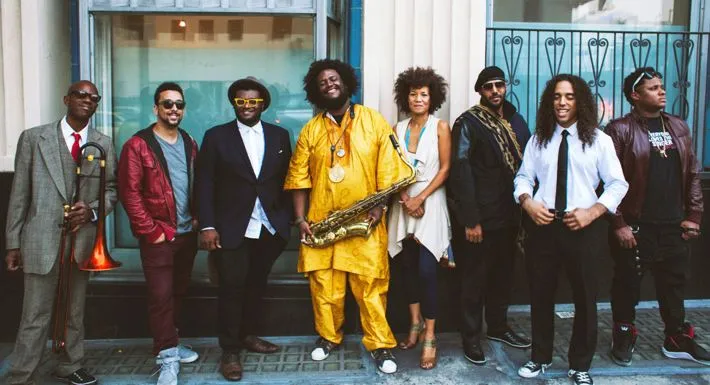
Translated with the help of DeepL

The Rhythm Changes
Patrice Quinn (voz), Kamasi Washington (saxo tenor), Igmar Thomas (trompeta), Ryan Porter (trombón), Cameron Graves (piano), Brandon Coleman (órgano, teclados), Miles Mosley (contrabajo), Thundercat (bajo eléctrico), Ronald Bruner Jr. y Tony Austin (batería), Leon Mobley (percusión) y orquesta de cuerda y coros dirigida por Miguel Atwood-Ferguson. Extraído del álbum The Epic (2015).
℗ Brainfeeder
